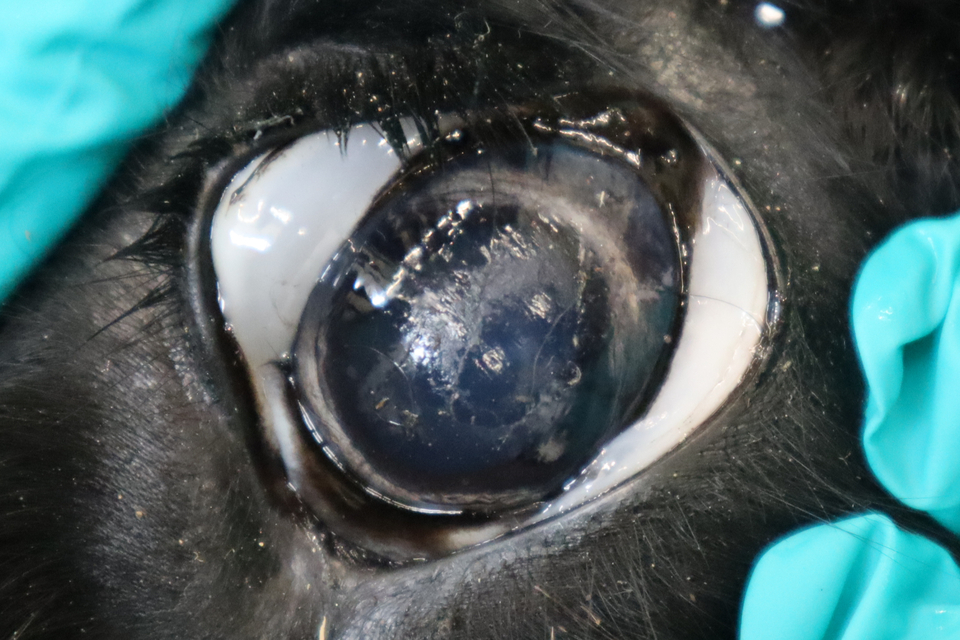Internal parasites in camelids (HTML webpage)
Published 18 August 2025
Applies to England and Wales
Problems due to internal parasites
Gastrointestinal worms and protozoans such as coccidia can cause disease in camelids. Disease due to worms is often referred to as parasitic gastroenteritis (PGE) whereas coccidiosis is often listed as a separate problem, though both diseases can occur together.
PGE and coccidiosis are common diseases of South American camelids kept in Great Britain (England, Scotland and Wales), and both can have severe effects. Unlike in sheep, diarrhoea may not be a prominent feature of intestinal parasitism in camelids, and signs of disease may be more subtle, including weight loss and ill thrift. In severe cases, anaemia and death can occur. Camelids are also susceptible to worms associated with cattle and sheep where co-grazing or rotational grazing occurs.
APHA is offering subsidised testing for internal parasites until 30 June 2026
Detecting parasites in your herd
Many factors including pasture management and individual animal immunity can influence the severity of PGE and coccidiosis. In the absence of obvious disease with diarrhoea, body condition scoring and mucous membrane colour (such as pale inner surfaces of the eyelids) are important indicators of potential parasite burden. Counting of worm eggs and coccidial oocysts in faeces is another useful tool for diagnosis and ongoing monitoring of internal parasitism. APHA’s parasitology department are experts in detecting all endoparasite species relevant to camelids.

Alpaca eye with white mucous membranes indicating severe anaemia due to Haemonchus contortus.
Managing internal parasites
Parasite burdens often persist within herds and prevention of disease requires long-term management with a multi-pronged approach.
Overview of grazing practices including stocking density, removal of faeces from the pasture, co-grazing, and rotation of pasture can significantly reduce problems with intestinal parasitism.
Treatment with anthelmintic and/or anticoccidial drugs may also be necessary in some herds. Assessing worm egg and coccidial oocyst counts together with a complete clinical examination can inform the need to treat. No treatments are licensed in camelids, therefore they can only legally be prescribed by a veterinary surgeon. Resistance of worms to anthelmintic drugs is also of concern. Blanket treatment of herds should not be conducted as this may accelerate resistance. Individual sampling to inform individual needs for treatment is advised.
